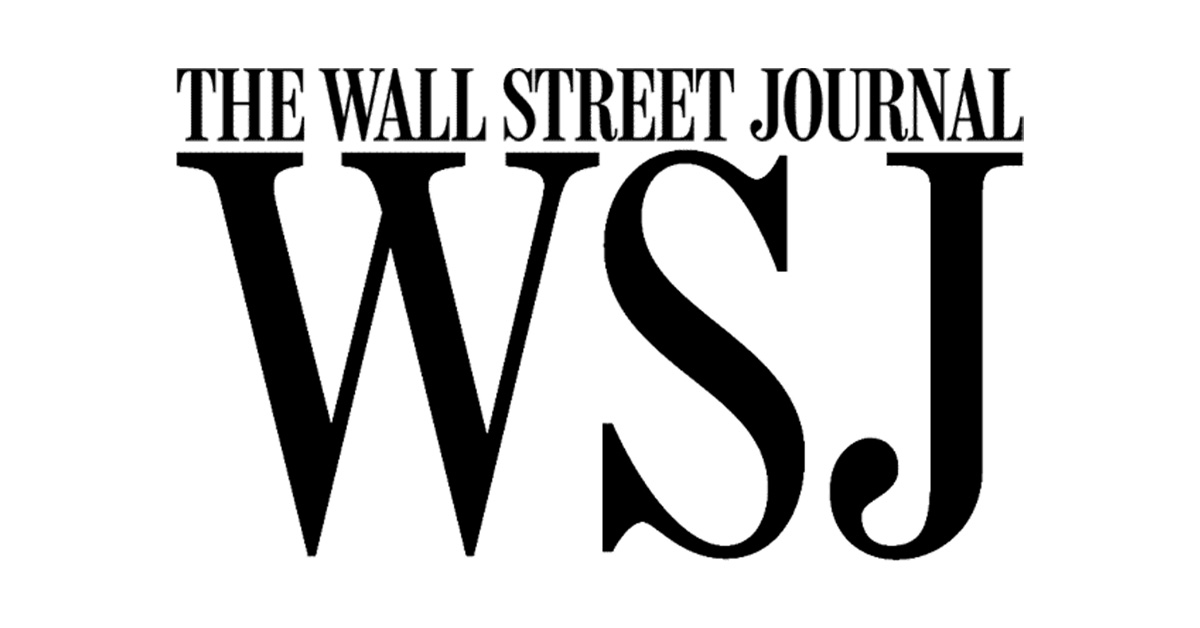It’s doubtful that the pioneer inventors of social media had bullying, harassment, shaming and blaming in mind when they launched their cyber platforms. The technology allowed people to connect in ways they couldn’t before: socialize with family members anywhere in the world, find nearly forgotten friends, look up old classmates and join a cyber community to share information.
Somewhere along the way malicious conduct became as synonymous with social media as “liking” and “friending.” The target can be anybody — celebrities, teachers, students, politicians, ex-spouses or former friends. Perpetrators have come to believe that coworkers are “fair game” in social networking.
The workplace has always had its share of internal discord between employees. Thirty-five percent of U.S. adults — about 54 million people — said they’ve been bullied at work. However, with social media, the discord is public and therefore potentially more damaging to the victims.
SOCIAL MEDIA MISCONDUCT
Sometimes warring coworkers take their office feud online. If a manager threatens them with disciplinary action, they might stop quarreling in the office and start sparring on Twitter. Other employees might not have argued in the office, but found that they could use social media anonymously to insult, shame or bully their coworkers.
Social media is designed to connect like-minded people, which is why misconduct often escalates. As posts become more insulting or threatening, other employees might join in, taking sides and fueling the conflict.
A disabled worker became the target of derogatory comments online when he reported to company officials that a coworker had started his own blog. Other employees took offense at his “tattle-tailing” and started calling him the “Rat” on social media. They even went so far as to cajole each other into photographing the disabled worker’s disfigured hand, which he always kept out of sight. His coworkers turned to social media out of retaliation and the intent to disgrace him. Their malice toward him became crueler as it escalated.
WHEN TO INTERVENE
When employees report misconduct on social media, CHROs, HR directors and ER specialists must step in immediately to end the abuse. However, prohibiting employees from using social media is neither practical nor possible; when used appropriately, social media can be effective in hiring talent, improving employee engagement and retention and raising productivity.
To handle misconduct:
- Immediately follow up on all complaints from targeted workers, and conduct a thorough investigation if necessary
- Document the behavior
- Set and enforce policies on appropriate social-media use
- Discipline violators, or fire them if necessary
- Provide support, such as counseling, for victims
- Periodically logon various social-media platforms to monitor employees’ behavior
- Establish cultural changes for widespread misuse
THE RISKS OF CYBER MISCONDUCT
The body of a 31-year-old firefighter was found in Virginia’s Shenandoah National Park in April 2016. She had been missing several days before her body was found. During the time she was missing, she and other female workers at the Fairfax County, Va., Fire Department were the targets of malicious, sexually offensive name-calling on a blog that firefighters allegedly used. The local coroner called her death a suicide. Although investigators found no direct link between her death and the cyber bullying, speculation about social media having the power to end a life was widespread.
Social media misconduct can:
- Deflate workplace morale
- Lower productivity
- Cause stress, depression, anxiety, absenteeism and lateness, leading to higher healthcare costs
- Drive some victims to suicide, especially young adults and teenagers
A 2014 U.S. Workplace Bullying Survey by the Workplace Bullying Institute found that 29 percent of respondents said they considered suicide after being bullied.
WHAT YOUR POLICIES SHOULD SAY
Social media policies should:
- Outline policy violations
- State the consequences for noncompliance
- Explain employees’ legal rights
- State restrictions on posting proprietary information
- Encourage the proper use of the technology
EMPLOYEES’ GUIDELINES AND RESTRICTIONS
Since the Internet remains largely unregulated, employers must set and enforce their own policies on appropriate social media use. Workers must understand the consequences of noncompliance, ranging from written warnings and suspension to termination.
The Society for Human Resource Management recommends that employers’ social media policies prohibit workers from …
- Behaving disrespectfully
- Posting false or inaccurate content
- Using social media on company time unless for work-related activities or when authorized
- Using social media to retaliate against coworkers or the employer
- Speaking to media representatives without corporate affairs’ consent
Finally, it’s critical to track not just the outcome of issues, but the aggregate data — take time to examine all cases of this type to identify trends or patterns of behavior so that corrective action can be taken as required.




